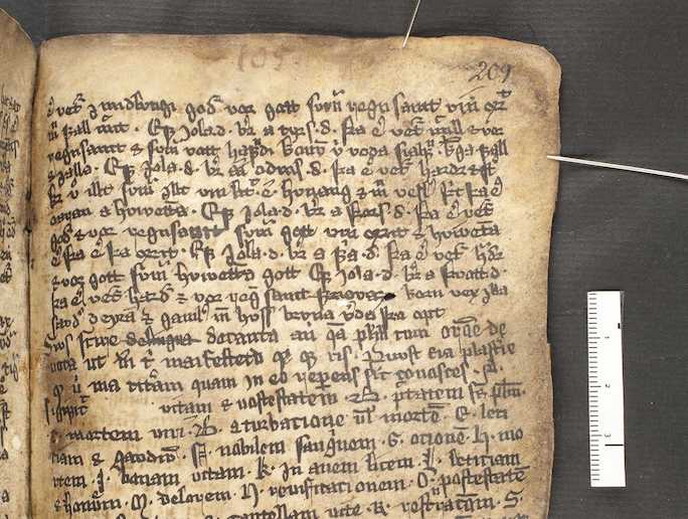Lessons from history: How to build successful multicultural societies
In the Mediterranean, conflict and coexistence have historically involved the same actors who perceive their identities as either compatible or irreconcilable, depending on the value given to cultural diversity by political authorities at a given point in time. This is the underlying hypothesis of the MedRoute(opens in new window) project. Undertaken with the support of the Marie Skłodowska-Curie Actions programme, the project explored the nature of cultural pluralism in four early modern port cities in the Mediterranean (Izmir, Valletta, Livorno and Marseille). The project took a unique approach to this issue, investigating the way foreigners used material practices, such as their clothes and physical appearance, for channelling and expressing their cultural belonging.
Dressing habits as an expression of identity and belonging
“In modern times,” explains Filomena Viviana Tagliaferri, experienced researcher of the MedRoute project, “one way to understand how migrants perceive their identity in a new environment is through the way they publicly present themselves in the social space. However, cultural historians of past eras cannot have this direct contact with the subjects of their inquiries.” Instead, to understand how newcomers to the four port cities perceived themselves, the researchers resorted to recorded accounts from the period (letters, travel journals, inventories, diplomatic reports) of how people dressed and behaved publicly. These sources provided key insights into whether foreigners chose to look visibly ‘other’ in the place of arrival, or whether they changed dress habits to blend in with their new environment. The results were striking says Tagliaferri: “Europeans in 17th century Izmir looked very European as they continued to dress as they did at home, marking their cultural belonging through French or Italian fashion. Married Greek women in 18th century Venice, however, chose to follow Venetian women’s fashion. We can see thus how Europeans in Izmir marked their different identity while Greek women in Venice adapted their appearance to the one of the place of arrival.”
Focus on political authorities
In their comparison of the nature of cultural pluralism in the four cities, researchers found that the way foreigners lived in each city was determined by the extent to which the Ottoman administration and the Grand Duke functionaries, respectively, saw them as a value for the territory. In other words, the adaptive strategies of foreigners were deeply conditioned by the state’s attitude towards otherness. According to Tagliaferri, this finding makes the project deeply meaningful for modern society and our contemporary attempts at addressing cultural coexistence. “MedRoute illustrates how, historically, policies that assigned a positive value to cultural diversity produced much more vibrant and wealthy societies. With ‘positive value’ we do not mean ‘tolerance’ in absolute terms. Rather, ‘toleration’, since these policies were mainly driven by pragmatism,” says Tagliaferri. Given the project’s insights on the possibility of fostering fruitful cultural coexistence in multicultural societies, Tagliaferri highlights upcoming deliverables as key to popularising MedRoute with non-specialised audiences. These include a project at a Greek secondary school, an online course and a short documentary. As a next step, she aims to expand MedRoute to work with a team of colleagues employing the methodological framework(opens in new window) she developed specifically for the project. “My dream is to create a net of ‘routes’ of research with other colleagues that can result in a complex and beautiful fresco of the Mediterranean Sea throughout its history. Because the Mediterranean is not just a geographic space, it’s a shared history.”







